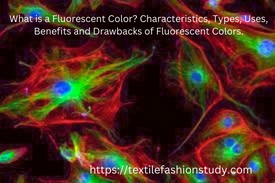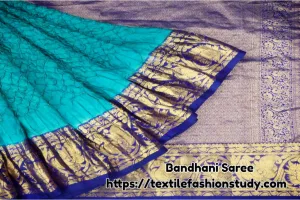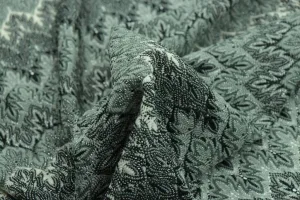Table of Contents
What is Fluorescence?
When a substance absorbs light or other electromagnetic radiation, fluorescence occurs, and the substance emits light. It has luminescent characteristics. Most of the time, the released light has a longer wavelength and a lower photon energy than the radiation that was absorbed.
Contrarily, fluorescence refers to a substance’s capacity to release visible light after absorbing radiation that is typically invisible, such as ultraviolet light. Numerous uses have resulted from this characteristic.
Characteristics of Fluorescence
An object’s ability to absorb light at one wavelength and then reemit it at a different wavelength is known as fluorescence. A molecule is referred to as a fluorophore if it fluoresces or absorbs light at one wavelength and emits it at another.

Fluorescent Color
By mixing a fluorescent pigment with a base color, fluorescent hues can be created. In fluorescent light fixtures, some paints, and other items, fluorescent hues are most frequently used.
Colors that absorb and reflect more light than standard colors are also referred to as “fluorescent.” These pigments are now more vivid, bold, and superior as a result. According to certain individuals, the fluorescent dye has a “neon” label.
Which kinds of dye are employed to achieve the tone?
Fluorescence microscopy typically employs a vast class of negatively charged, hydrophilic fluorescent dyes known as Alexa Fluor® dyes. All Alexa Fluor® dyes, such as Alexa Fluor® 546 and Alexa Fluor® 633, are sulfonated versions of common fluorescent compounds like fluorescein, coumarin, cyanine, or rhodamine.
Following exposure to UV light, the DNA fragments of the patient, controls, and size markers are visible in the gel using fluorescent dyes like Gel Red (which intercalates between the base pairs of the DNA helix) or SYBR Green (which binds to the minor groove of the DNA helix).
How are fluorescent colors made?
The ground state is the lowest energy state that a fluorescent dye molecule can be in. A photon of light is absorbed by the molecule when it is illuminated. Energy is absorbed. This causes the electrons inside the molecule to be excited to the “excited state,” a higher energy state.
Electrons are released from fluorescent materials when light strikes them. The luminous material’s other atoms can then interact with these electrons to produce new colors.
Application of Fluorescent Color
The wavelength of the fluorescent substance is the wavelength at which fluorescent colors transform and reemit different light wavelengths. Normal colors can only reflect the light of their particular color and absorb the rest, so they don’t shine as brilliantly as they should. As a result, in total darkness, it wouldn’t glow, but in dim light, it should stand out slightly. Fluorescent hues are also capable of converting ultraviolet light, which makes them more visible at night. The fluorescent-colored thing would still shine if it were dark, save for ultraviolet light.
When exposed to light, fluorescent material begins to produce its own light. This material is used for road signs and the jackets that rail and road employees wear. When car headlights strike them at night, these begin to flash. By doing this, the drivers can see them.
Fluorescent colors are bold hues that give off the illusion of brightness thanks to an ultraviolet glow. They are used frequently in signs and commercials and have an appearance that is brighter and more intense than traditional colors.
Benefits of Fluorescent Colors
Fluorescent colors have the advantage of being easier to see in dimly lit areas. Additionally, fluorescent hues are frequently more vivid than conventional hues. Fluorescent hues can also be more energetic and energizing, which makes them more appealing in particular settings. Finally, fluorescent colors are a better option for regions that see heavy wear and tear because they are frequently more durable than traditional colors.
Drawbacks of Fluorescent Colors
Fluorescent colors have the potential to be distracting, strain the eyes, and irritate the skin, among other negative effects. Fluorescent hues can also make it more difficult to see in a space, which can be an issue if you want to use the space for activities like reading or working that require strong vision.
In conclusion, fluorescent colors have a wide range of uses in daily life. It has various advantages and disadvantages. Therefore, when using this light, we must be truthful about its intended use.





